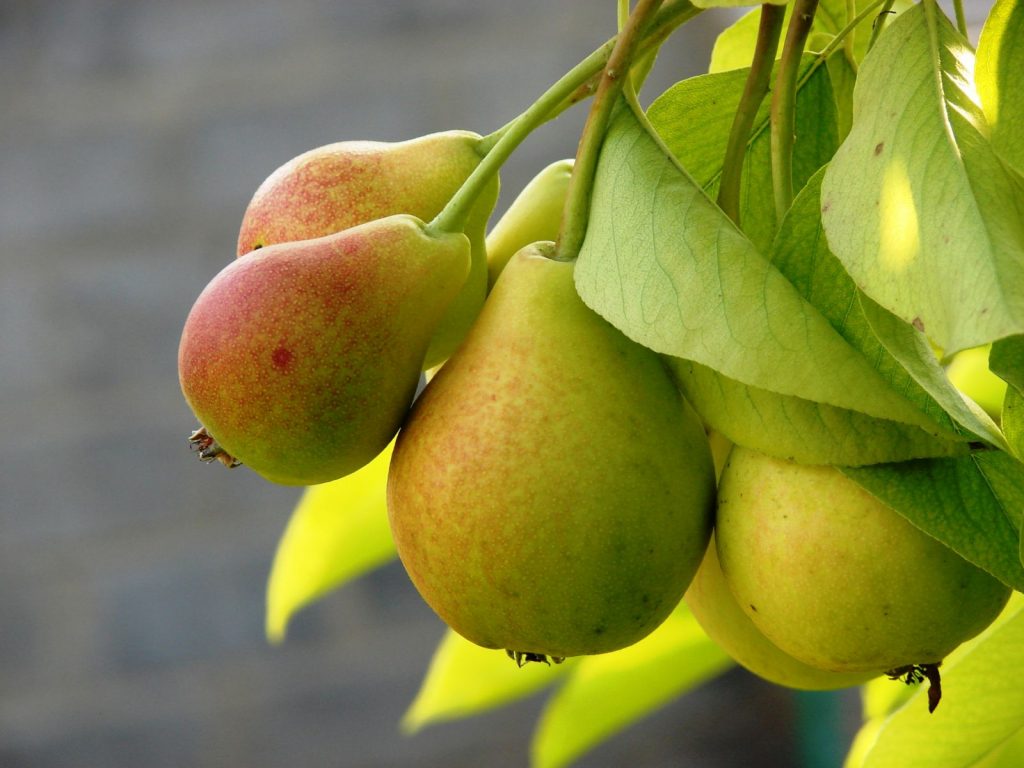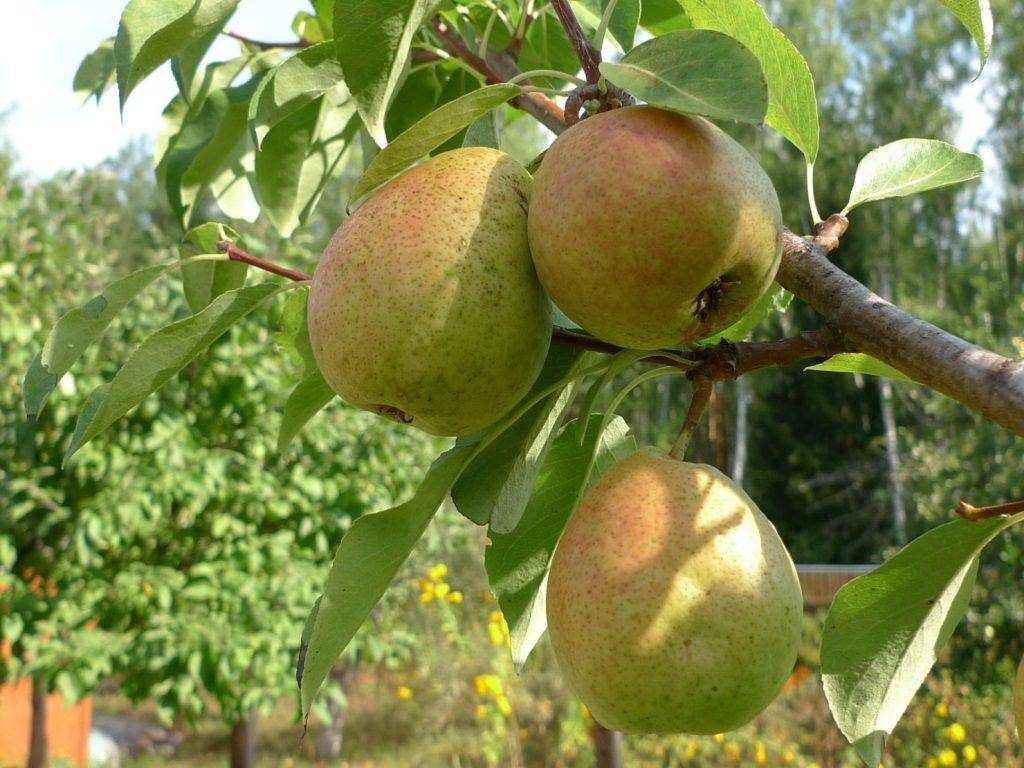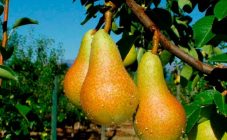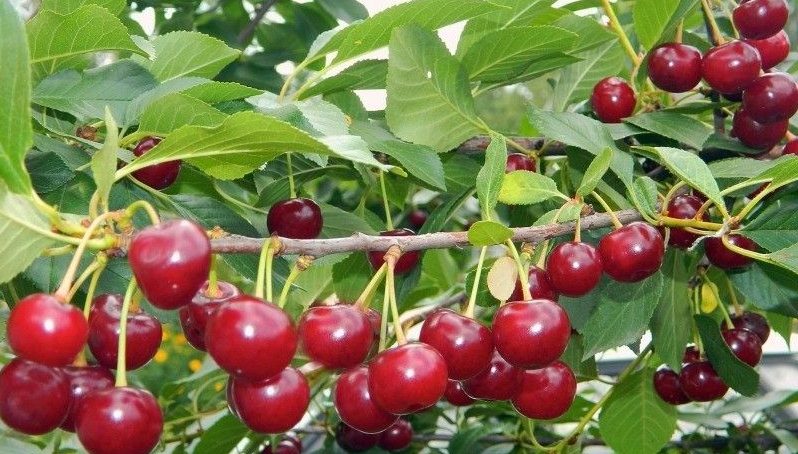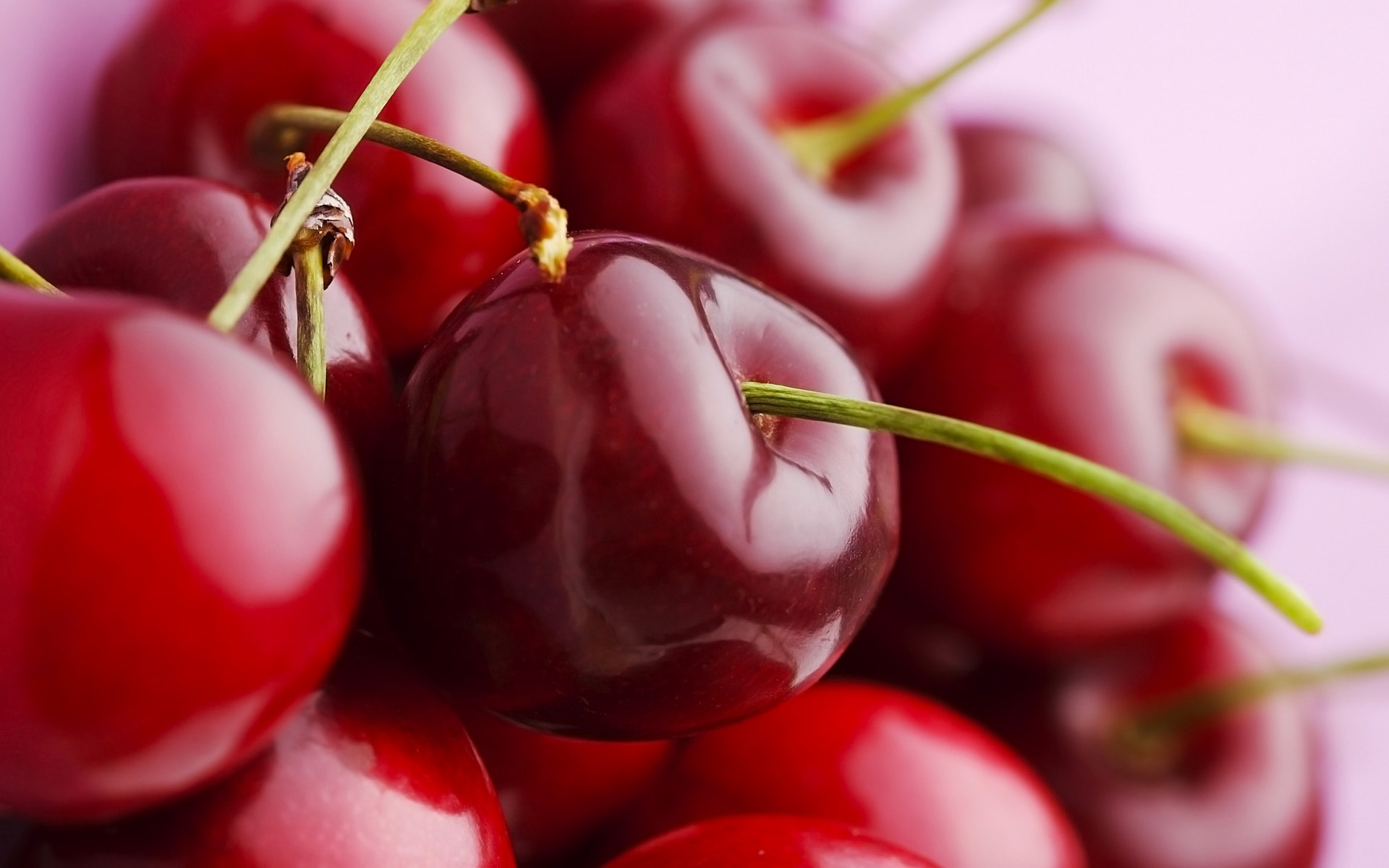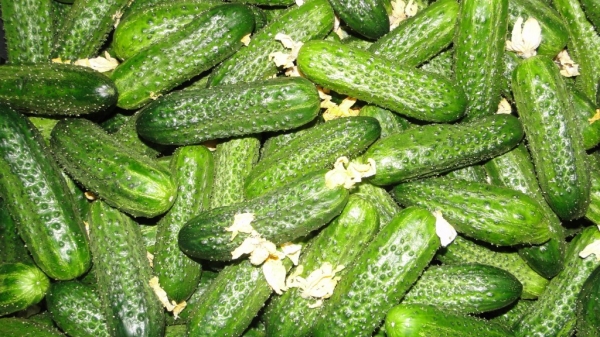Pear belongs to one of the most valuable fruit crops. The taste of the fruit is high, but the tree belongs to a very demanding crop. Basically, the southern regions of Russia specialize in pear cultivation. This is due to the poor adaptability of the plant to frosty winters. Also, the limitation is imposed by the nature and fertility of the soils of the northern regions, for example, Leningrad, Vologda, Novgorod. The soils for these regions are characterized by a low fertile layer and a poor ability to retain moisture, while having an acid reaction. Thanks to the work of the VIR selection station, several varieties of pears were bred, adapted to such specific climatic conditions.
In the conditions of a short warm period, it was necessary to breed early ripening varieties that have time to give a harvest in a short time. At the same time, they must have good resistance to subzero temperatures in order to avoid traumatizing the tree in winter. Such pears have a smaller fruit size, less bright taste, compared to southern varieties.
Initially, on the territory of the Leningrad Region, varieties were popular, the taste of which was mediocre and satisfactory (Tonkovotka, Dulia Novgorodskaya pear). Later, the most popular were Pushkinskaya, Severyanka, in memory of Yakovlev and Pavlovskaya.
The lack of seasonal alternation of yield is a significant plus. At the same time, the listed varieties are generally suitable only for quick use, since they do not differ in long-term keeping quality. Next, we list the suitable pear varieties for the Leningrad Region.
Suitable varieties of pears for the Leningrad region
Pear for the Leningrad region, the best varieties of which are listed below, can be found on sale in fruit nurseries.
Talking about Dule Novgorod we can say that the powerful trees of the variety are resistant to frost and fungal diseases. The variety is distinguished by small fruits, weighing 60-80 g. Possessing a sweet and sour taste, the yellow fruits with a blush are characterized by a mediocre taste. Ripening begins at the end of August, if the deadlines for removal are not met, the fruits overripe and crack. The variety is not prone to self-pollination; Tokoveka and Autumn Bergamot are the best pollinators.
Thin line - a variety of folk selection. The crop gives each season, begins to bear fruit in 5-6 years. Fruits are medium, mostly yellow, may be covered with a blush. The long stem of the fruit is firmly attached to the tree. The cultivar is often scabbed, with unstable fruits. Pear for the Northwest of the Tonkovotka variety does not belong to self-fertile, Dulia Novgorodskaya acts as a pollinator.
Pushkin pear differs in a dense, spreading, weeping, rounded crown. The tree itself is strong, winter-hardy. The yield of the variety is high, the fruits are medium, yellowish, with a pink blush. The average weight of greenish-yellow ovate-rounded fruits is 60-70 g. The pulp is juicy, greenish, with a slight tart note. Fruits begin to ripen from the beginning of September 5-6 years after planting. However, the disadvantage is the poor keeping quality of fruits - no more than a week and susceptibility to scab during periods of high humidity.
Pavlovsk pear according to the description it has a pyramidal crown, begins to bear fruit until the end of summer. Light green medium-sized pears have a delicate juicy pulp. The fruits of this variety are practically not amenable to storage, they must be used within several days.
Pears stand out In memory of Yakovlev... They are perfectly stored until December. The varietal feature is the fruits - very large for the conditions of the northern territories. Their average weight is 150 g. Golden-colored fruits are characterized by a sweet white buttery pulp. Fruiting begins in the third year, the volume of the harvest increases with each season. From one tree, you can collect 20 kg of pears. The tree grows quickly, but is short. The branches of the crown grow at an angle to the trunk, forming a spherical crown.
The impetus for the name of the variety Severyanka the trees became especially hardy. The pear tolerates significant cold snaps well without loss of yield. An attractive variety, in addition to this, is compact in size. Unlike other varieties, it grows in width, and not upward. The wide crown is covered with flowers from the end of April. The weight of ripe fruits is not one-dimensional, it ranges from 80-120 g. Fruits are conical, yellowish-green. The pulp is quite dense, sour-sweet, with a barely noticeable pear aroma. The variety is capable of self-pollination, which eliminates the need to grow near any additional pear trees. Despite the beginning of fruiting from the 5th year, it is rapidly gaining productivity, by the age of 15 you can get up to 100 kg of harvest from one tree.
Growing pears in the Northwest region
The choice of variety must be carefully approached. Based on the climatic characteristics of the Leningrad region, one should choose cold-resistant varieties recommended for growing in areas with a similar climate. Pear varieties are best suited for the Vologda region. The length of daylight hours, the rate of precipitation, and the average temperature are similar to those in the Leningrad Region.
Low enrichment of the soil with a fertile layer is a big difficulty for growing. Most of the territory is occupied by loamy and sandy soils. To obtain a strong tree that gives a stable rich harvest, it is imperative to apply organic fertilizers to cover the lack of nutrients and control the acidity of the soil.
It is better to plant seedlings in the fall, when the natural processes of the plant's life are inhibited. Before that, in a month, prepare the soil from rotted compost, 2: 1 superphosphate and potassium.
The varieties of pears developed for the North-West region are demanding on an abundant irrigation regime. On average, 10 liters of water are required per tree per week; an increase in the volume of irrigation is necessary only in dry periods.
For choosing a planting site for pears, even areas are suitable, well-lit and closed from drafts. For young trees, it is recommended to apply top dressing to the trunk circle (compost, urea, superphosphate). Mullein, bird droppings or humus can be added under the trees that have begun to bear fruit.
For successful wintering, it is necessary to cover the young tree with spruce branches and a rodent net. The trunk circle can be covered with cardboard sheets, and in the spring they can be burned and the resulting ash can be applied as fertilizer.
In conclusion, we can say that pear cultivation is a troublesome and painstaking process, especially in the Leningrad region. When choosing a variety, it is necessary to take into account the frost resistance of the pear for the Northwest region, the period of entry into fruiting and the timing of ripening. You should be especially careful about the composition of the soil, since the pear will not yield a good harvest on its depleted composition.

